+86 187 1857 3593
+86 187 1857 3593
YouCustom Car Radio Solutions by Dingpei: Comprehensive Development and Manufacturing Servicesr Best Car Audio Manufacturer and Supplier
Tailored Designs, Advanced Technologies, and Reliable Production for Your Car Radio OEM&ODM
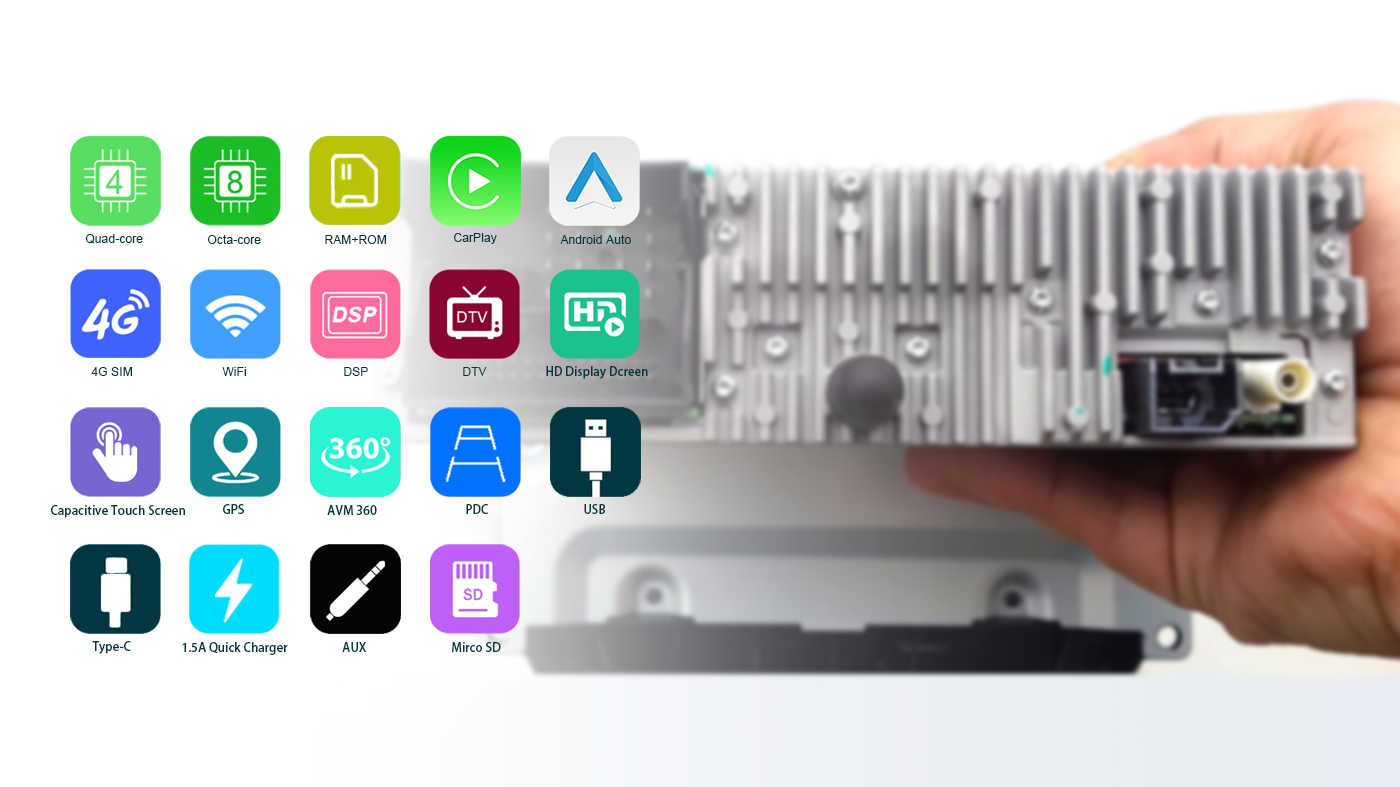
Section 1: Key Considerations and Requirements for a Custom Car Radio Project
1. Choosing the System Platform:
When developing a custom car radio, selecting the right system platform is crucial. The two main options are Android-based systems and closed systems based on Linux. Android systems are divided into Quad-core and Octa-core processors. A Quad-core system supports up to 2GB RAM and 32GB ROM, while the Octa-core system offers a range from 4GB RAM and 32GB ROM to 8GB RAM and 256GB ROM. Additional customizable features like 4G SIM, DSP, DTV, digital radio, CarPlay, etc., can be added according to the customer's preferences.
2. Determining ID Design Specifications:
Using the 3D schematics and installation diagrams of the original car’s dashboard, we can determine the screen size, appearance, and installation structure for the car radio’s ID design. For example, we will assess whether the panel should feature traditional buttons and knobs or a full capacitive touchscreen. We also consider the size of the hardware chassis (single-DIN, double-DIN, non-standard structure) and ensure that the installation holes align perfectly with the original vehicle design.
3. Feasibility Evaluation Based on Customer's Technical Requirements:
Based on the customer's provided technical requirements, we assess the feasibility and reliability of the selected software system. This includes evaluating compatibility with the original car’s AVM, parking sensors, PWM, and other specific features, as well as any personalized requests like multi-USB ports, fast charging, or dedicated apps.
opriate connectors, assessing both quality and design specifications. For instance, we verify the compatibility of USB, radio antenna, and GPS interfaces.
4. Matching Vehicle-Specific Interface Connectors:
To ensure seamless integration with the vehicle's electrical system, we match the car's wiring interface definitions with appropriate connectors, assessing both quality and design specifications. For instance, we verify the compatibility of USB, radio antenna, and GPS interfaces.
5. Designing Structure and Cooling Solutions:
Based on the original vehicle's dashboard space and installation requirements, we design the corresponding hardware components like metal casings and heat sinks. Heat sinks are particularly crucial, as they must be adequately sized and made of suitable materials to ensure that the car radio does not overheat due to external and internal temperature variations.
6. Ensuring CAN Protocol Compatibility:
We evaluate the car's CAN protocol data to ensure smooth communication between the vehicle's systems and the custom car stereo. This includes features like air conditioning controls, remote key functionality, tire pressure warnings, and PWM-based backlighting controls.
7. UI Design Preferences:
Understanding the customer's preferences for the car radio’s user interface (UI) is key. Most car manufacturers prefer a simple, elegant UI with minimal layers, but design preferences can vary by country or region, especially in terms of color schemes.
8. Testing and Validation Requirements:
We confirm the customer's testing requirements for the finished product. These could include EMC testing, storage and operating temperature ranges, thermal shock performance, button lifecycle tests, scratch resistance for touchscreens, vibration tests, etc. We simulate different driving environments to preemptively identify any potential issues.
9. Packaging and Logistics Requirements:
The packaging method must be tailored to the customer’s needs. For example, countries like Iran and Pakistan may require SKD or CKD export formats. We customize packaging materials and guides accordingly to ensure safety during transit and minimize logistics costs.
10. Order Delivery and Transportation Preferences:
Delivery methods are determined based on the urgency of the order and the logistics budget, with options including international express (DHL), air freight, sea freight, and land transportation. We also confirm trade terms like EXW, FCA, or FOB.
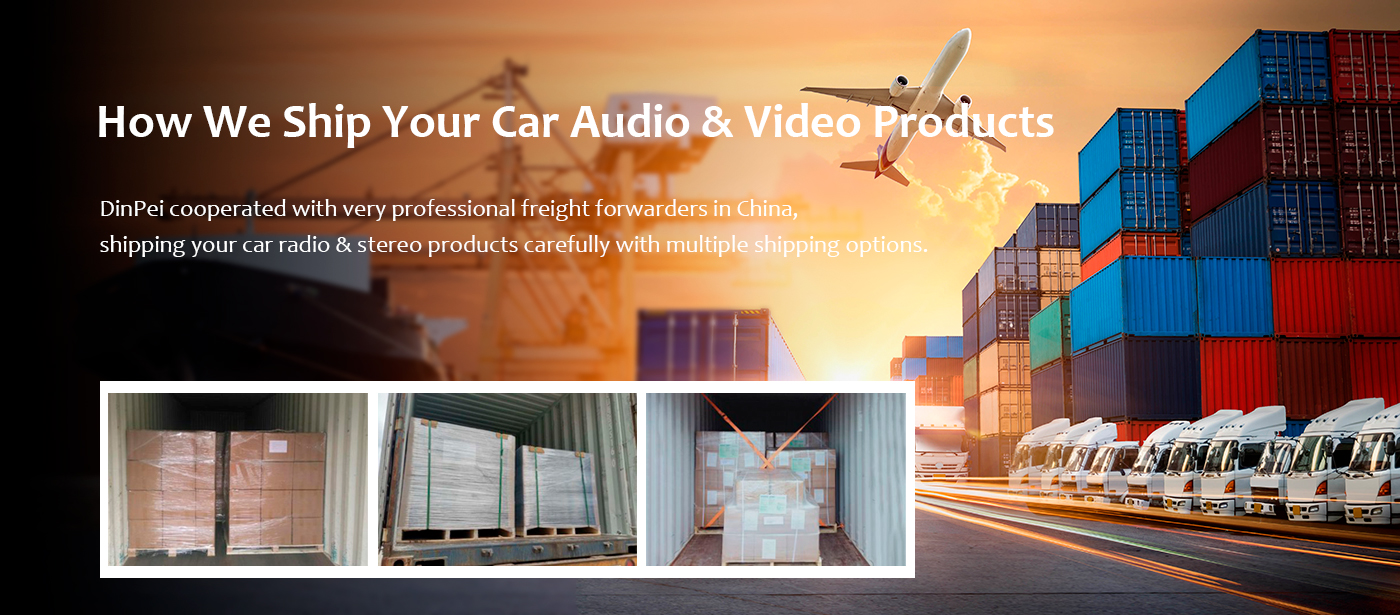
Section 2: Our Development and Manufacturing Process Post-Project Kickoff
1. Quality Planning According to IATF16949:
Following the IATF16949 quality management system, we develop a quality plan for the project to ensure that the final product meets customer expectations. Every project team member is assigned specific tasks to achieve the quality goals set during the planning phase.
2. Collaborative Design Between ID and Structural Engineers:
ID designers and structural engineers work closely to create a design that satisfies both the vehicle’s original structure and the customer's aesthetic preferences. This includes designing the chassis, heat sinks, and ensuring the proper placement of connection interfaces.
3. UI Design Based on Customer Preferences:
UI designers, based on customer interface preferences and the software framework, design a UI that balances user satisfaction with software compatibility.
4. Hardware and Electronics Development:
Hardware engineers and electronics engineers complete the design of the TFT board and PCB, along with the circuit design and reliability validation of the PCBA.
5. Software Development and Integration with Vehicle Protocols:
Software engineers and protocol engineers ensure the custom car radio is compatible with the vehicle’s systems, such as radar, air conditioning, AVM, etc., based on the provided vehicle-specific technical documents.
6. PPAP Process and Trial Production:
We initiate the PPAP (Production Part Approval Process) to ensure the material suppliers provide required documentation and first-pass production samples before mass production. The first trial products undergo testing to ensure reliability.
7. Extensive Testing of First Samples and Small Batches:
Initial samples and small batches undergo comprehensive testing, including vibration, thermal cycling, ESD, button lifecycle, salt spray, drop, and more. The results are documented in detailed lab test reports. Additionally, we conduct MSA (Measurement System Analysis) to evaluate the sources of measurement errors.
8. Strict Production Control for Mass Production:
After small-batch validation and customer approval, we begin mass production, ensuring consistency through each production phase, including plastic injection molding, metal stamping, PCB production, IQC, SMT, PCBA, assembly, QC testing, QA, and DQA.
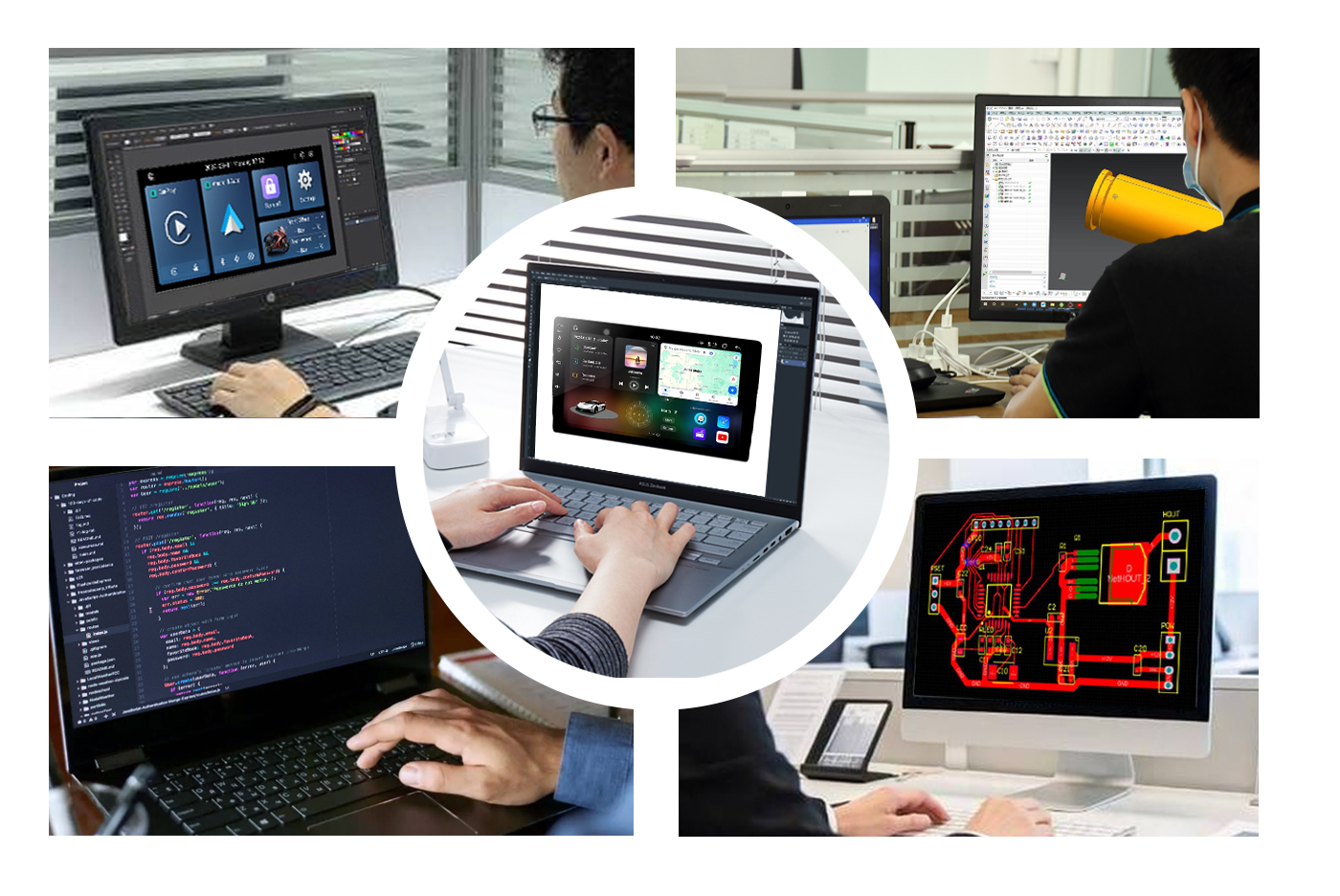
Section 3: Our Factory's Expertise and Capabilities
1. Experienced and Enthusiastic Sales Team:
Our sales team in Shenzhen comprises five experienced foreign trade salespeople and two project managers with rich project experience. More than 50% of our team members have overseas work or study experience, allowing them to offer professional advice and services while understanding global policies and cultural differences.
2. Skilled R&D Engineers:
Our R&D team in Shenzhen consists of 15 engineers, including software engineers, hardware engineers, UI designers, electronics engineers, structural engineers, and protocol engineers. Each engineer has over five years of industry experience and is proficient in both Android and Linux-based solutions, serving global automotive customers.
3. Advanced Testing and Manufacturing Equipment:
Our Ningbo facility, with a 25,000-square-meter production base, houses high and low-temperature testing chambers, ESD workstations, salt spray chambers, vibration tables, drop test stations, and more. We also have 20 fully automated aging cabinets for finished products to ensure quality before mass production.
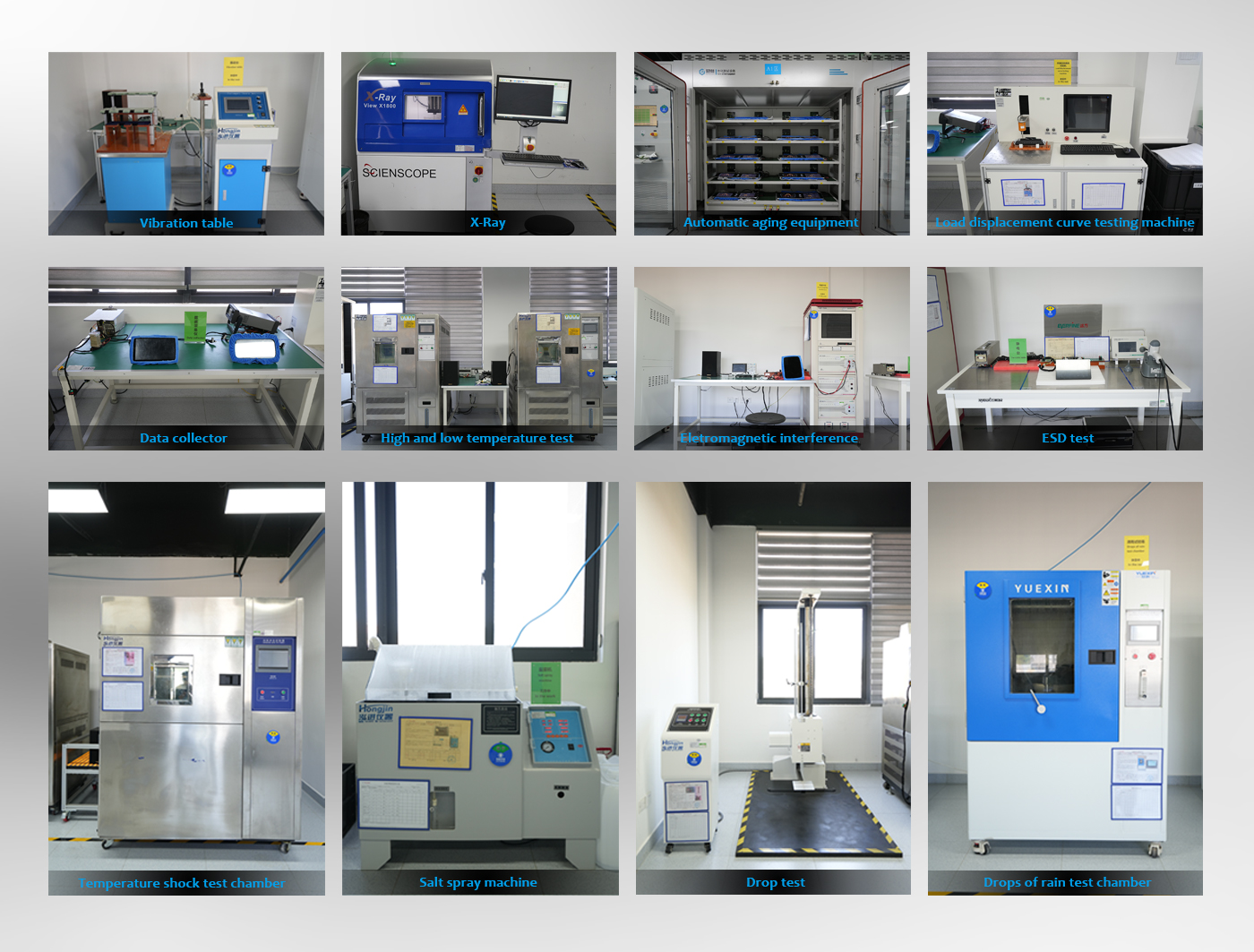
4. High-Performance SMT and DIP Production:
Our Ningbo factory features four lines of new Yamaha SMT equipment, complete with AOI, X-ray, and chip baking ovens for quality control. We also have two semi-automatic wave soldering lines to prevent soldering defects.
5. Cleanroom Assembly and Strict Production Guidelines:
Our assembly workshop includes a dedicated cleanroom for screen and touchscreen assembly to prevent dust contamination. All assembly staff wear anti-static wristbands, and each workstation follows specific operational guidelines to ensure quality.
6. Comprehensive Quality Control from IQC to DQA:
Every incoming material undergoes 100% inspection by IQC staff. Additionally, all production steps, from SMT to final assembly and testing, are monitored by QC professionals to ensure quality and compliance.
7. ERP System for Complete Production Management:
Our ERP system tracks materials from purchase to storage, defect management, production, and delivery. Every step is recorded using unique material identification numbers for transparent and efficient management.
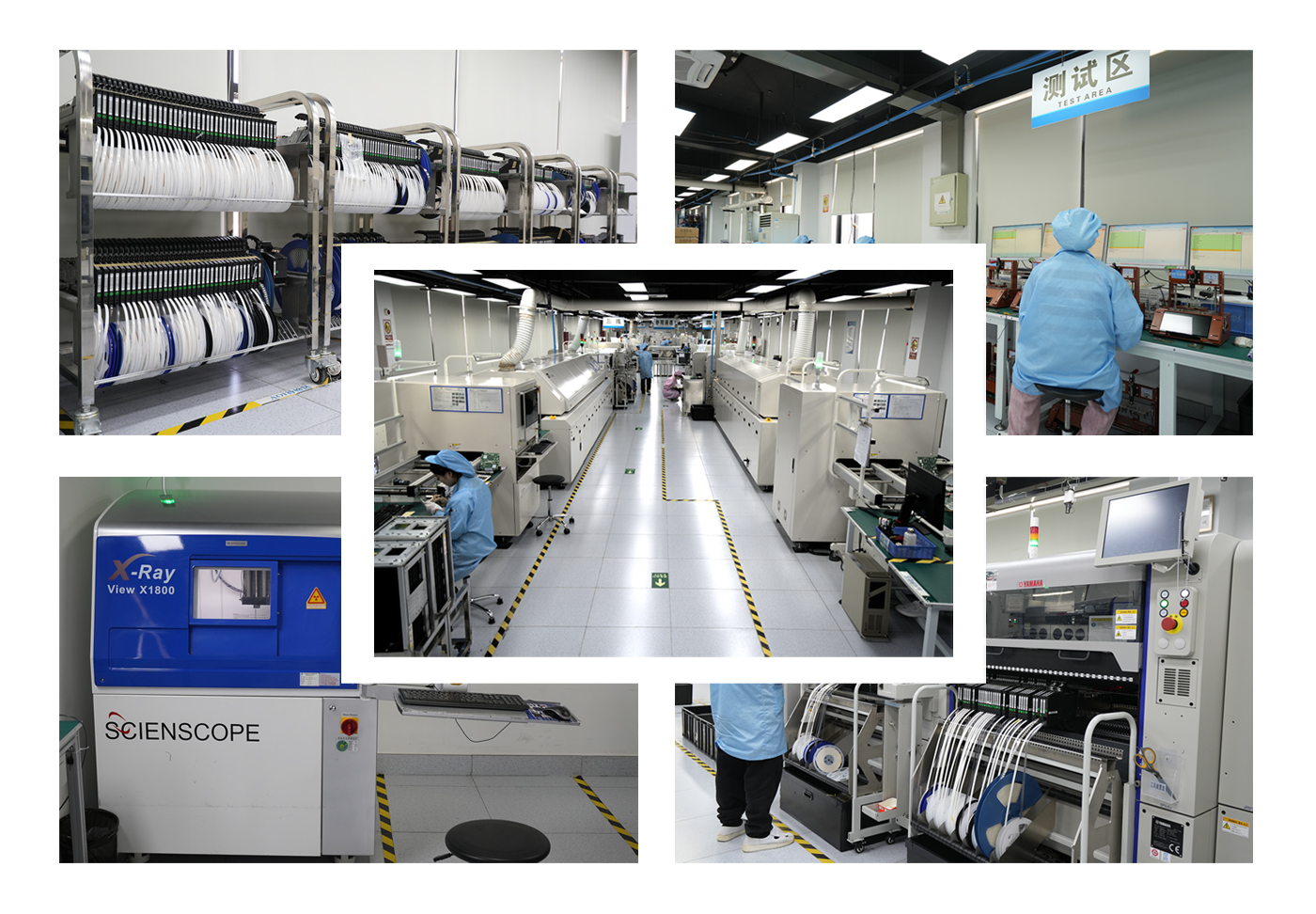
Section 4: Quality Certifications and After-Sales Service
1. Certifications:
We hold CE, RoHS, FCC certifications, as well as the internationally recognized IATF 16949:2016 certification. Our processes adhere strictly to these standards.
2. Warranty and After-Sales Support:
We offer warranty services ranging from 12 to 36 months, providing technical support and material replacements. Additionally, we dispatch engineers to customer locations for on-site service when needed.
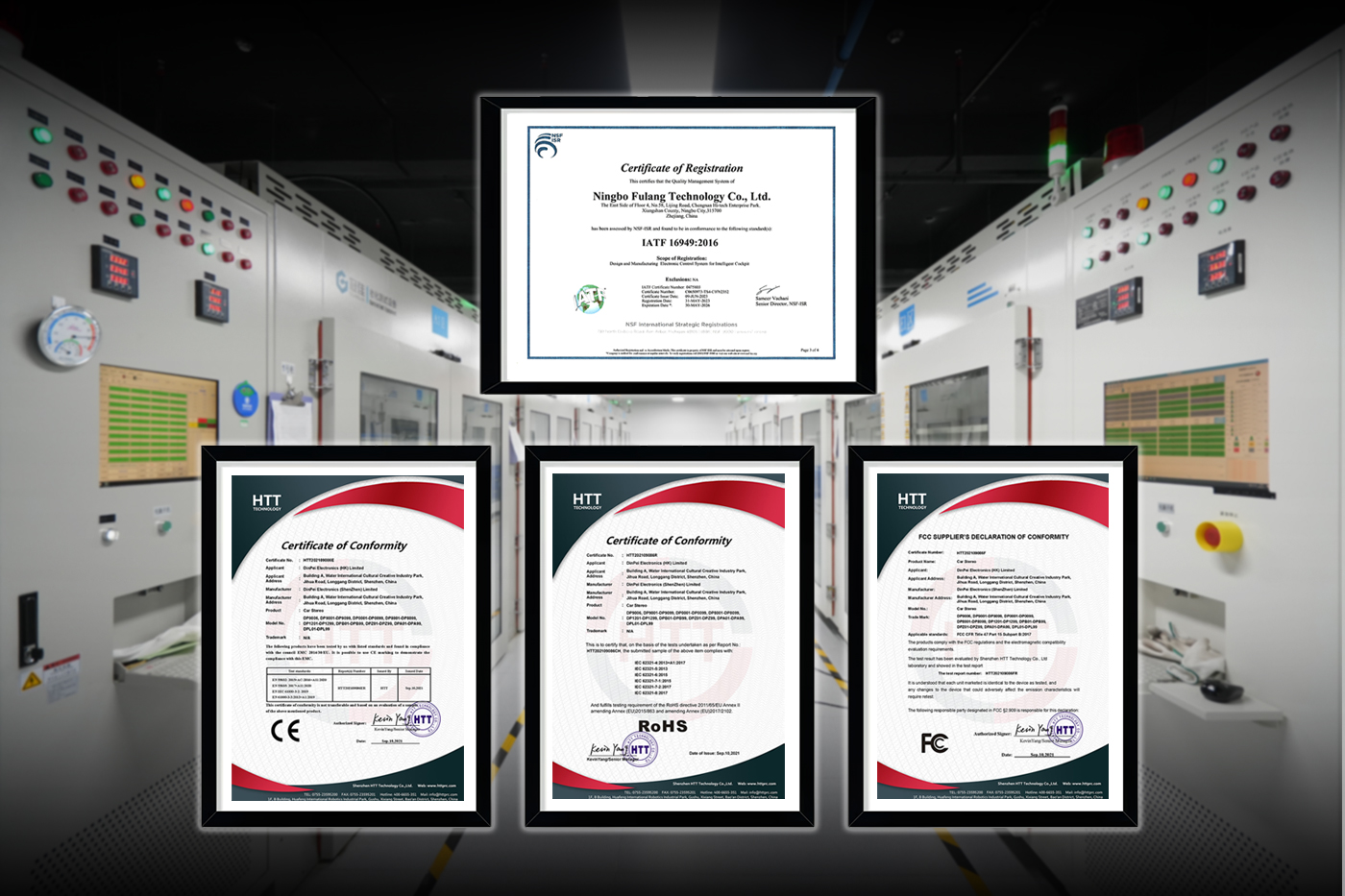
Custom Service
Phone: +86 187 1857 3593
E-mail: info@dinpeihk.com
WhatsApp: 8618229577216
Address: Building E, Shangshui Cultural Park, Longgang Dist., Shenzhen, China
WeChat:


Address
Building E, Shangshui Cultural Park, Longgang Dist., Shenzhen, China
CUSTOMER SERVICE
+86 187 1857 3593
REQUEST A QUOTE